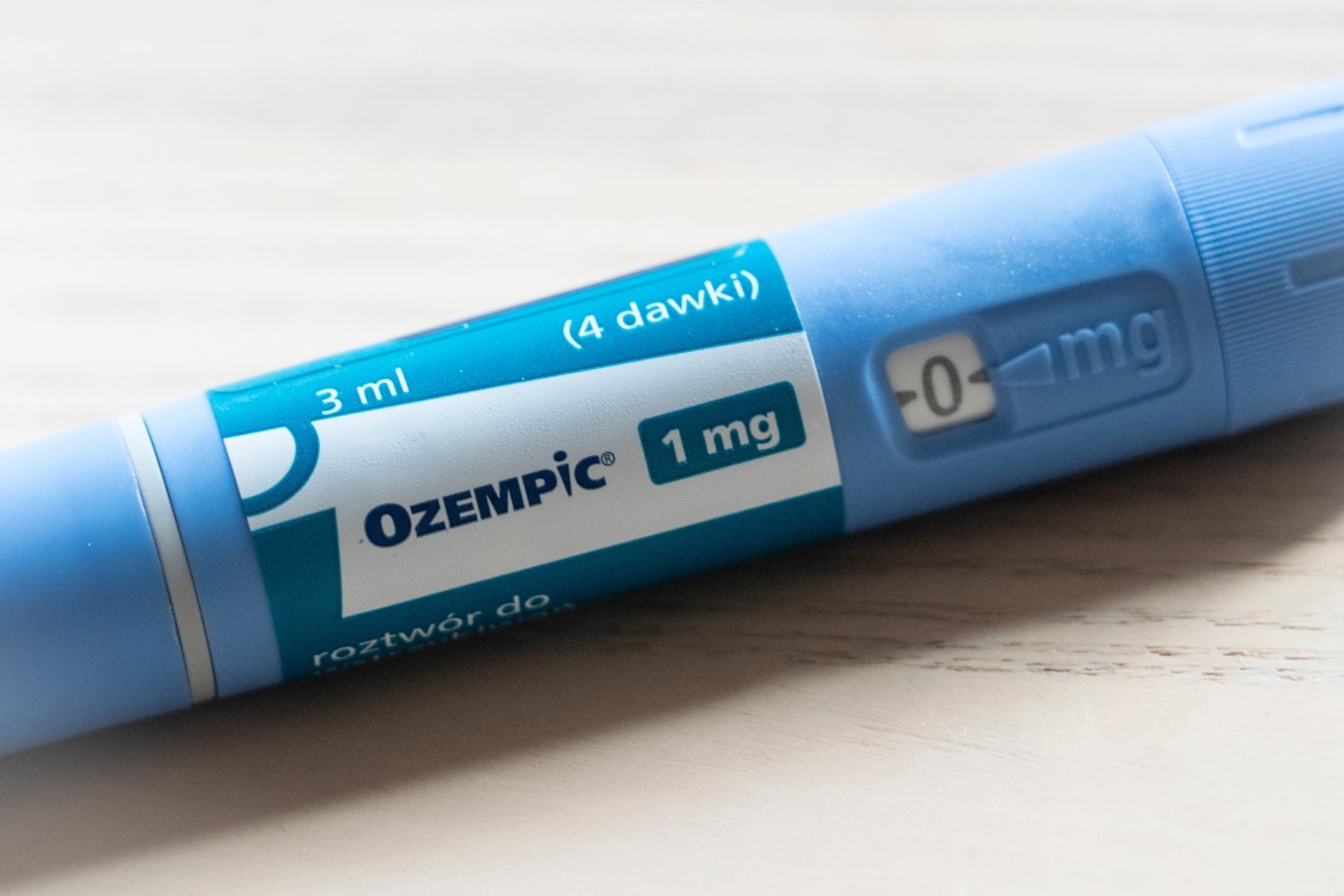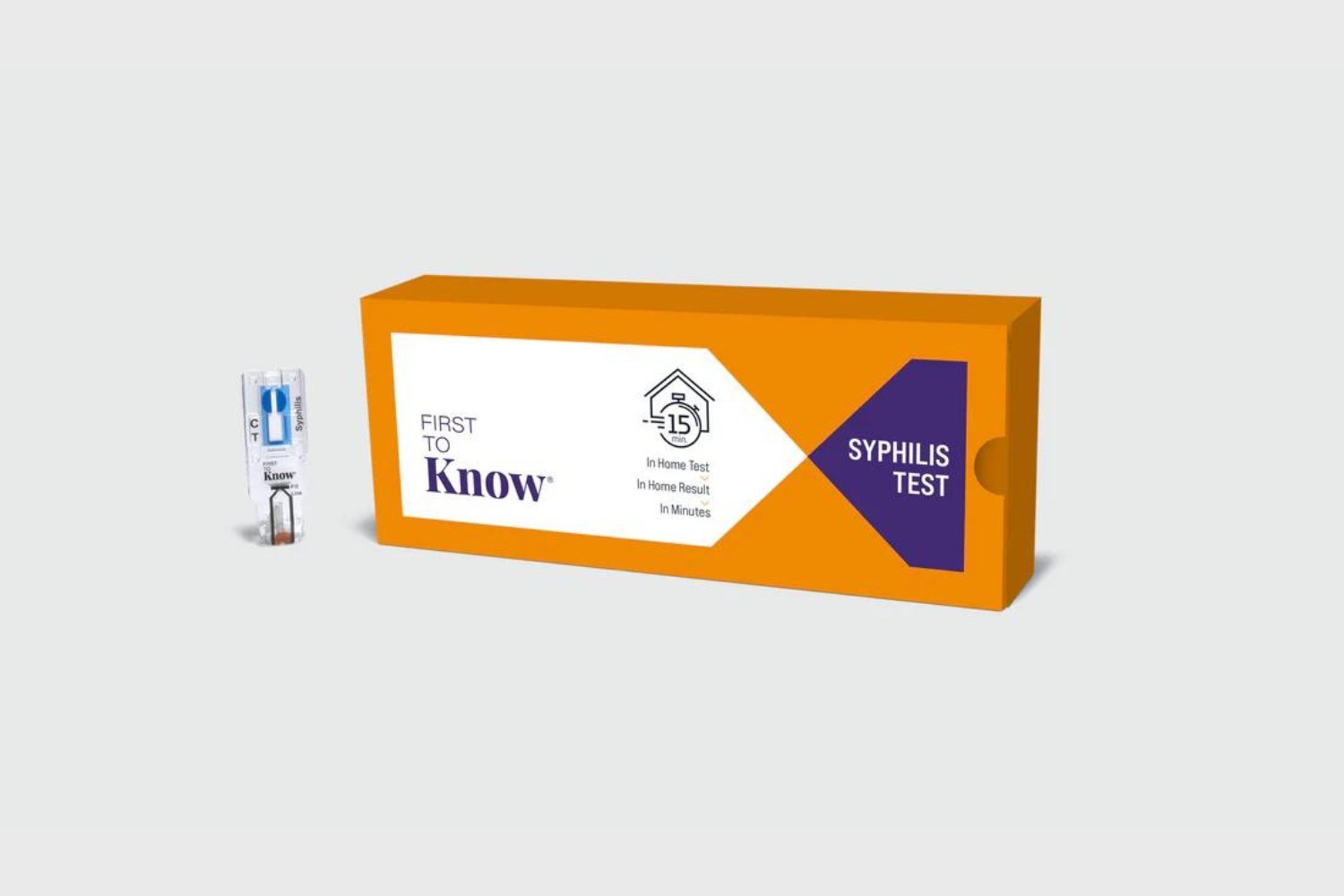Ozempic and Wegovy have become leading medications for weight loss in recent years, offering significant improvements beyond traditional diet and exercise. But how do these drugs actually work, and what are their broader implications for our health? This article delves into the science behind GLP-1 receptor agonists, exploring their mechanisms, benefits, potential risks, and the future of obesity treatment.
The relationship between weight and health is complex. While obesity increases the risk of certain health problems like knee pain and sleep apnea, losing weight and maintaining it long-term has proven challenging for many. Ozempic and similar medications have emerged as a game-changer, offering a new approach to weight management.
Mimicking Nature’s Appetite Control: GLP-1RAs
Ozempic and Wegovy contain semaglutide, a glucagon-like peptide 1 receptor agonist (GLP-1RA). GLP-1 is a natural hormone that regulates metabolism and hunger. It works in several ways: after eating, it stimulates insulin production to lower blood sugar, slows stomach emptying for a feeling of fullness, and suppresses appetite in the brain.
Scientists identified GLP-1 in 1986 and recognized its potential for treating type 2 diabetes due to its direct impact on insulin. However, natural GLP-1 has a short lifespan in the body. Researchers developed GLP-1RAs, synthetic versions of GLP-1 with longer half-lives, like exenatide, derived from the Gila monster’s venom. Semaglutide, approved in 2017 for diabetes (Ozempic), has a half-life of about a week. Its design prevents rapid breakdown by enzymes and allows it to bind to blood proteins, prolonging its presence in the bloodstream.
Initially designed for diabetes, GLP-1RAs were also recognized as potential obesity treatments due to GLP-1’s role in appetite control. Liraglutide (Saxenda) was approved for obesity in 2014, followed by a higher-dose semaglutide (Wegovy) in 2021.
The Benefits of GLP-1 Therapy
Semaglutide has significantly advanced obesity treatment. Clinical trials demonstrated approximately 15% weight loss in participants using Wegovy over a year, exceeding the results of diet, exercise, and older medications. While some research suggests individuals with obesity may produce less GLP-1 naturally, obesity is a multifactorial condition. GLP-1RAs offer a powerful tool to address its biological underpinnings, notably reducing intrusive thoughts about food.
Beyond weight loss, GLP-1RAs have shown promise in improving other health conditions. Studies indicate semaglutide can reduce heart and kidney risks in obese individuals, and early evidence suggests potential benefits for obesity-related cancers, depression, and even dementia. Weight loss contributes to these improvements by addressing inflammation, high blood pressure, and other factors linked to diabetes and heart disease.
Intriguingly, semaglutide may offer heart health benefits even without substantial weight loss, potentially by lowering blood sugar and inflammation. Studies also suggest it might reduce cravings for alcohol and gambling, likely related to GLP-1’s influence on brain reward pathways. GLP-1 receptors in the brain appear to modulate responses to addictive stimuli, possibly by interacting with dopamine, although the exact mechanisms remain under investigation.
Potential Risks and Side Effects
While generally safe and effective, GLP-1RAs have potential side effects, primarily gastrointestinal issues like nausea, vomiting, and constipation. These are linked to GLP-1’s role in slowing digestion. Prolonged slowing of gut motility, beneficial in moderation, can lead to discomfort and constipation with long-term use.
Rare but serious complications include gastroparesis (slowed gastric emptying) and ileus (intestinal blockage). While the FDA added a warning about potential ileus risk to Ozempic’s label, these complications remain uncommon. Concerns about increased suicide risk or severe muscle loss have not been substantiated.
The Evolving Landscape of Obesity Treatment
Semaglutide represents a significant advancement, but it’s only the beginning. Tirzepatide, mimicking both GLP-1 and GIP, has shown even greater efficacy. Future research focuses on combining GLP-1 with other hunger hormones, improving drug delivery, and exploring gene therapy to enhance natural GLP-1 production.
Despite these advancements, medication alone cannot solve the obesity epidemic. The prevalence of obesity continues to rise, highlighting the need for broader approaches. While improving medications is crucial, addressing the underlying causes of this complex public health problem remains paramount.
Conclusion
GLP-1RAs like semaglutide have revolutionized obesity treatment, offering significant weight loss and potential benefits for various health conditions. While side effects exist, they are generally manageable. The future holds promise for even more effective and targeted therapies. However, a comprehensive strategy to combat obesity must address societal factors and lifestyle changes alongside medical interventions.











